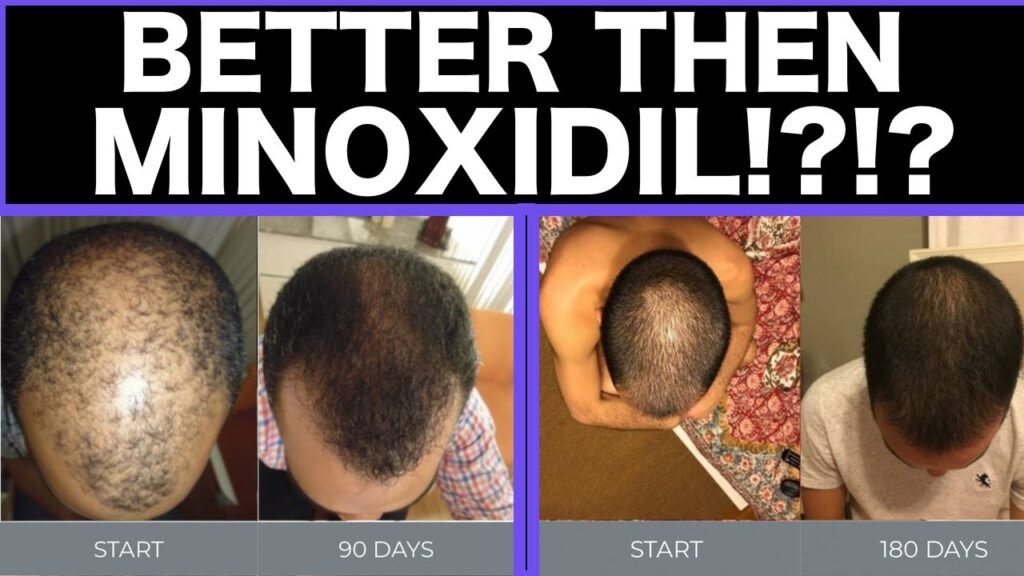Drawbacks of choosing Minoxidil vs tretinoin
When considering hair growth treatments, many individuals weigh the pros and cons of Minoxidil vs tretinoin. While both treatments have their merits, its important to understand the drawbacks associated with Minoxidil. One of the primary concerns with Minoxidil is the potential for side effects such as scalp irritation, itching, and redness. These reactions can be uncomfortable and may deter some users from continuing with the treatment. Additionally, Minoxidil requires ongoing use to maintain results, meaning that discontinuation can lead to hair loss resuming, which can be discouraging for long-term users.
In contrast, tretinoin, commonly known for its use in skincare, also has its downsides when used for hair growth. Although less common, some individuals may experience dryness or peeling of the scalp when using tretinoin. This can exacerbate existing scalp conditions or lead to new issues, making it less suitable for those with sensitive skin. Moreover, tretinoin is often used in combination with other treatments, which can complicate the regimen and increase the potential for adverse reactions.
Another drawback of Minoxidil is its limited efficacy for some users. While it can be effective for many, others may find that it does not significantly improve hair growth or density. This variability in results can be frustrating for users who are seeking a reliable solution to hair loss. On the other hand, tretinoin, although sometimes used to enhance the effects of other treatments, may not be as widely recognized or studied for hair growth, leading to uncertainty about its effectiveness as a standalone solution.


